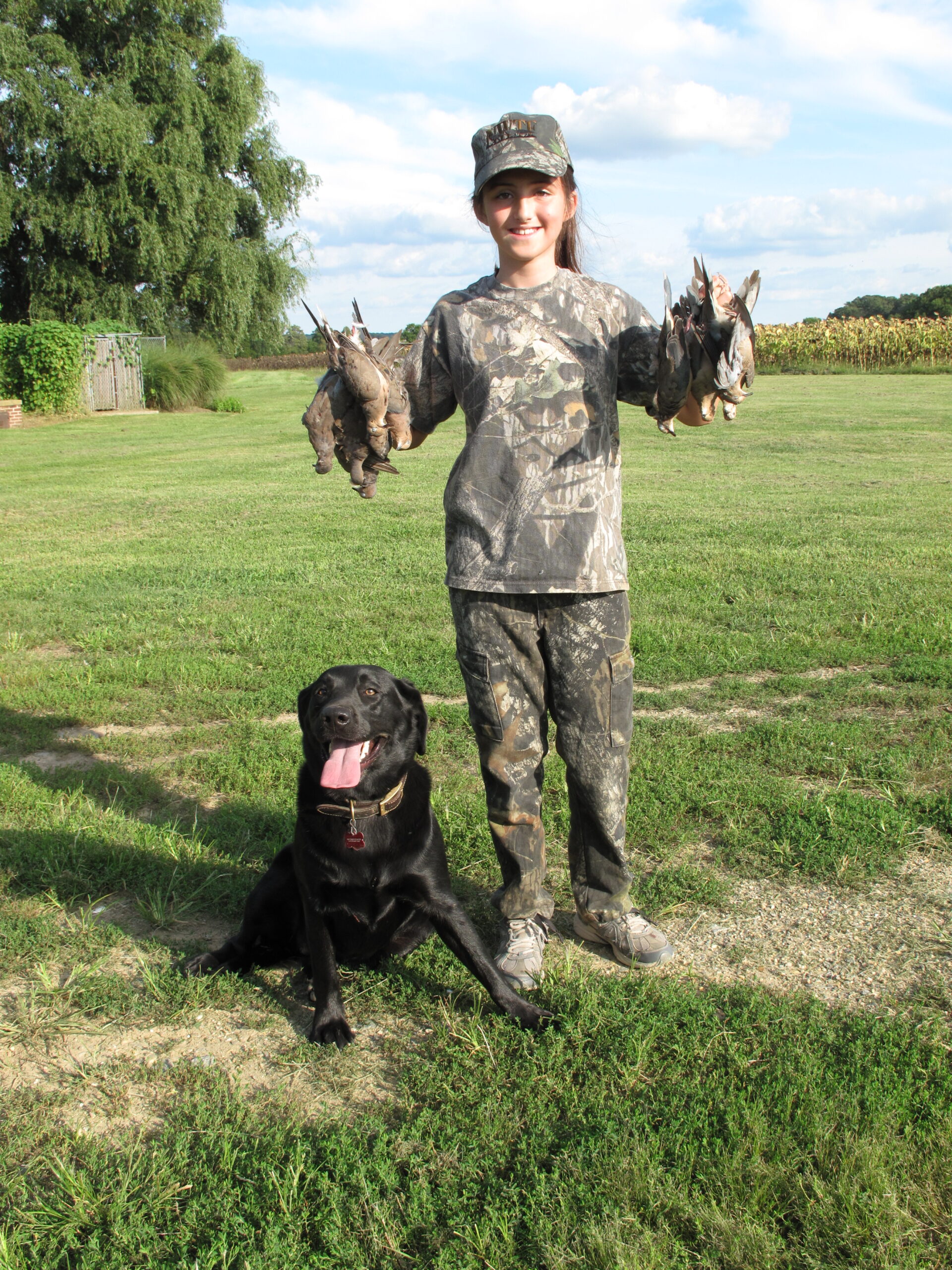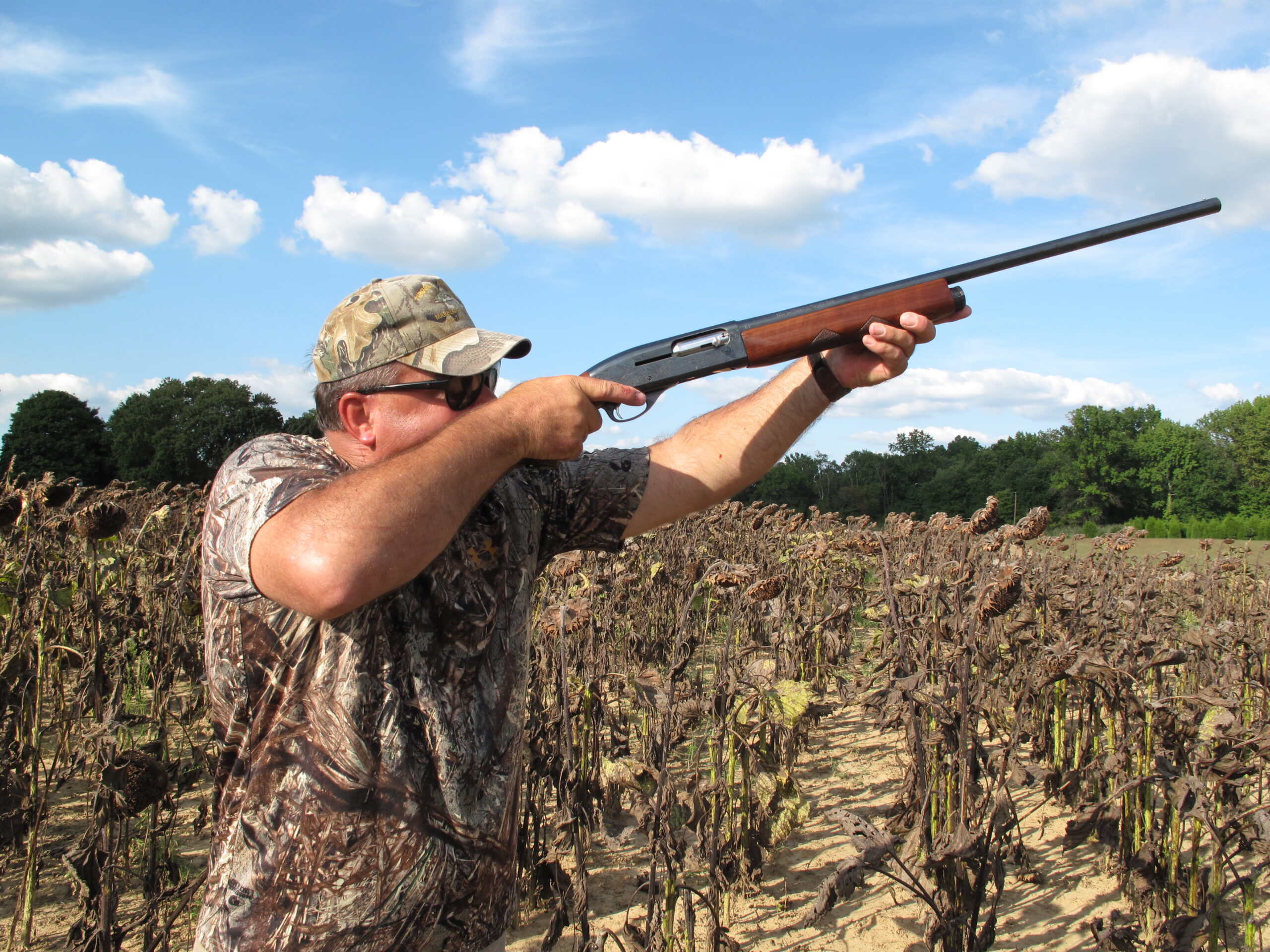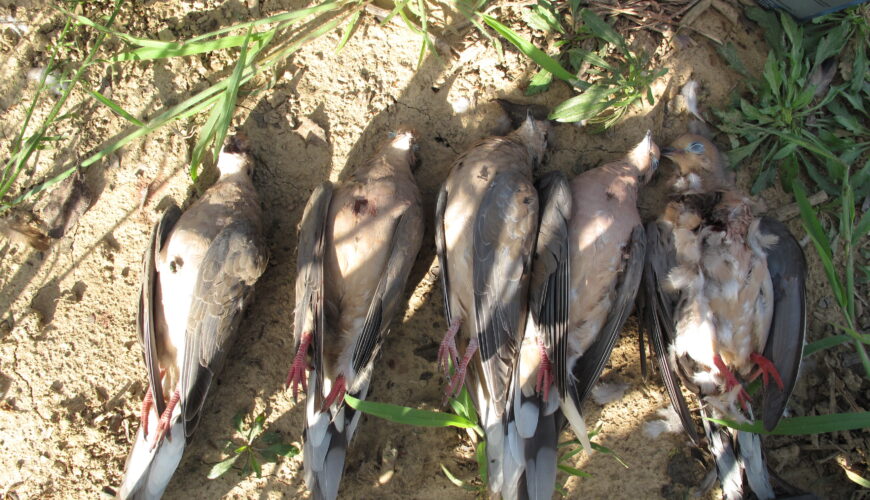Tactics
National Deer Association’s 5 Top Tips for Late-Season Deer Hunting
December 17, 2025 •iSportsman Staff
September 26, 2024
While the dove opener across the South and other parts of the country often gets much of the attention every Labor Day Weekend, in most places that have a dove season, the action doesn’t end there. In fact, with more fields being cut as the month wears on, the hunting can actually pick up and keep going well into the fall. That means there’s still plenty of time to head out to the fields to take on the challenge of one of the most agile and unpredictable game birds in North America.
Doves are known for their erratic flight patterns, making them a tough target even for experienced hunters. However, with the right approach and preparation, your chances of success can dramatically improve. Here are expert tips that will help you to reach your limit.

Just like with any other type of hunting, scouting is crucial for success during the early dove season. The best way to know where the birds will be flying before your hunt is, if possible, to get out there a day or two before to watch them first.
Doves are creatures of habit. They tend to follow the same routes between feeding areas, water sources and roosting sites. Spend time in the field a week or two before the season opens or even just a day or two before your hunt later in the season to identify their flight patterns. Newly cut fields and even severe weather can all create a change in where the birds will fly. Look for dove-friendly environments such as harvested grain fields, water holes and areas with bare ground where doves like to land and gravel.
Keep an eye out for flyways — routes that doves travel between food and water on a regular basis. Set up near these areas on opening day for the best shot opportunities.
Selecting the right equipment is essential for maximizing your success in the field. While dove hunting doesn’t require any high-end gear, having the right tools can make all the difference.
 A 12- or 20-gauge shotgun is the most popular choice for dove hunting, with improved cylinder or modified choke tubes for a wider shot spread probably the best option for most shooters. If you set up right, most shots should be within 20 to 30 yards or less.
A 12- or 20-gauge shotgun is the most popular choice for dove hunting, with improved cylinder or modified choke tubes for a wider shot spread probably the best option for most shooters. If you set up right, most shots should be within 20 to 30 yards or less.
If you’re shooting an over/under, maybe go with an improved cylinder in one barrel for close shots and full choke in the other for more distant shots. Early season doves tend to be closer to the ground and in larger flocks, so for most hunters, a modified choke offers the best balance between spread and range.
As for ammunition, that’s easy and fortunately, more affordable than many other types of ammo. Go with light field loads of No. 7½ or No. 8 shot. These shells have plenty of knockdown power for doves while keeping the recoil manageable. This is especially important when taking multiple shots throughout the day. Even these light loads can wear down a shoulder over time, particularly if it’s hot and you’re only wearing a t-shirt or single layer.
Most shooters who don’t do this often, aren’t always the best shots on a dove field. And if the birds are flying, you’ll likely fire a lot, so bring plenty of shells. Two boxes of 25 shells each is a minimum most hunters will want to carry in the field, though hopefully, they won’t have to dig into that second box before they hit their limit.
The lousy thing about opening day of dove season is it opens at noon, typically about the worst time of day for birds to be flying. But they do still fly. After that first day, however, most states allow hunters to be out there at sunup or even before and shoot until sundown.
Like most game animals and birds, doves are most active during the early morning and late afternoon hours when they’re moving between their roosts and feeding or watering areas. Setting up at dawn or a couple of hours before sunset gives you the best chance to see more birds in flight.
But if a midday hunt is all you have time for, get out there. Doves will still fly throughout the day, especially if you’re near a water source.

Positioning yourself in the right spot can mean the difference between filling your limit or watching your buddy shoot all the birds while you go home empty-handed. Doves are naturally attracted to open fields with nearby trees or power lines where they can perch and keep an eye out for danger before alighting to eat.
Set up near the edge of a field where they’re likely to fly in or take cover positioning yourself along fence lines or brush piles where you can remain hidden. Points of woods jutting into a field can serve as a guiding beacon for flying doves entering and exiting the field and a single tree in the middle of the field is like a dove aircraft carrier where they will land before hitting the ground to eat.
Another great setup spot is along powerlines running through fields. Birds will come to perch on the lines the same as the branches of a tree and you can set against the poles to break your silhouette in the field. You can also position yourself between a water source and feeding area, creating a natural ambush point for doves traveling between the two. It’s important to blend into your surroundings, so wearing camouflage that matches the terrain or using natural cover is crucial.
Dove hunting requires quick reflexes and precise shooting. Due to their fast, erratic flight, doves can be tough to hit, even for seasoned hunters. Experts recommend leading the bird by at least a few feet, depending on its speed and direction, and maintaining smooth, fluid movement as you track the bird with your shotgun, swinging through it as you gently squeeze the trigger.

One of the biggest mistakes hunters make is rushing the shot or simply pointing and shooting into the sky. Doves move fast, but you still need to stay composed and let the bird fly into your shot. Keep your cheek pressed firmly against the stock, follow through after pulling the trigger and avoid “short stroking” your swing.
A good tune up before you go dove hunting is to hit a sporting clays or skeet range before you start hunting. The practice can help sharpen your skills for the real thing and get you reacquainted — or if a first timer, acquainted — with making shots at fast, flying and small targets.
Early-season dove hunting can be challenging, but it is always fun. It’s hunting at its most simplified and basic: a gun, some shells, a spot to spit and flying game. What more can anyone ask for?
